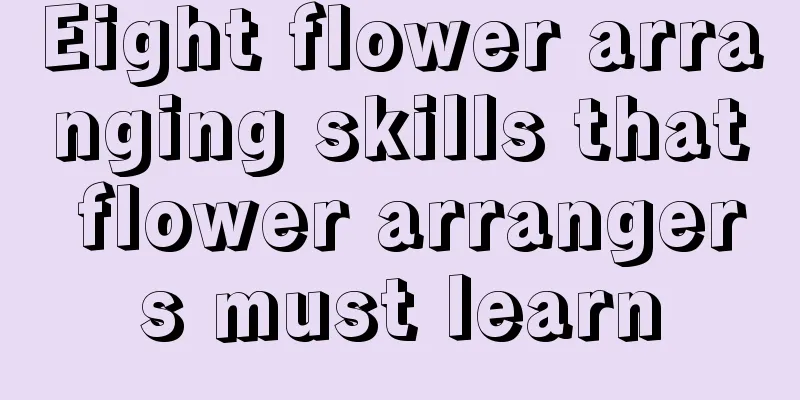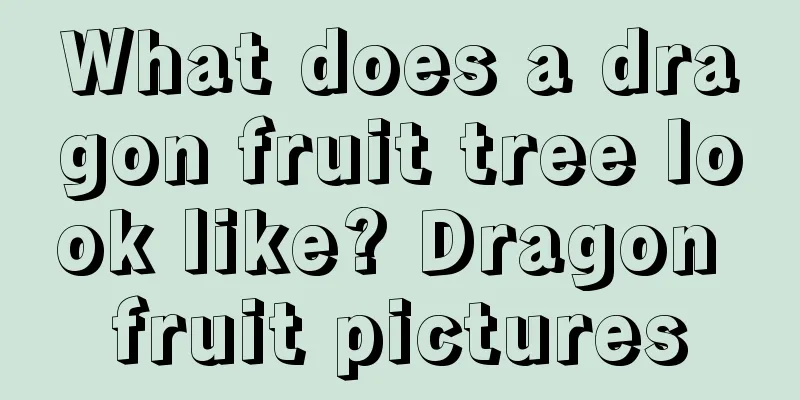Eight flower arranging skills that flower arrangers must learn

Flower ArrangementIn short, flower arrangement refers to using cut plant branches, leaves, flowers and fruits as materials, and through certain technical (pruning, pruning, bending, etc.) and artistic (conceptualization, modeling and coloring, etc.) processing, re-arrange them into a delicate, beautiful, poetic and picturesque floral art that can reproduce the beauty of nature and life. Therefore, it is called flower arrangement art. Flower arranging seems simple and easy, but it is not easy to really make a good work. Because it is neither a simple combination of various flowers nor a simple shape, but an artistic creation activity that requires conveying the spirit through form, having both form and spirit, moving people with emotion, and integrating life, knowledge, and art. Friends in the flower arrangement circle at home and abroad believe that flower arrangement is a plastic art that uses flower shapes to create flower shapes with heart and expresses one's mentality. Eight flower arranging skills that flower arrangers must learnLight on top and heavy on bottom: the buds are on top, the full flowers are on the bottom; the light colors are on top, the dark colors are on the bottom, in an orderly sequence and completely natural. Scattered above and gathered below: flowers, branches and leaves are lush at the bottom and have strong roots; the upper part is sparse and has various shapes and forms. Staggered height: The positions of the flowers should be staggered front to back, and should never be placed on the same horizontal or straight line. Well-balanced density: Flowers and leaves should not be arranged at equal distances, but should be arranged in a sparse and dense manner to create a sense of rhythm. Echoes of ups and downs: To establish the center, the surrounding flowers and branches should echo each other around the center, which not only highlights the theme but also has a sense of balance. Combination of the real and the virtual: flowers are real and leaves are virtual. Flowers without leaves lack contrast, and leaves without flowers lack substance. This is what is meant by "Red flowers still need green leaves to support them." The combination of movement and stillness: there should be both static symmetry and dynamic irregularity. Both solemn and humorous: it must have the classical elegance and balance, and at the same time create a unique artistic conception through changes in material selection and composition. |
<<: The flower language and symbolic meaning of the beauty cherry
>>: Taboos on the placement of lucky bamboo
Recommend
Where is the best place to plant Polygonatum sibiricum
Polygonatum sibiricum planting area Polygonatum s...
How to propagate the money tree by cuttings?
The money tree is a succulent plant with round an...
How to grow nasturtium on the balcony and what to pay attention to
1. Sunlight The plant Nasturtium cannot tolerate ...
How many years does it take for apple trees to bear fruit?
Apple planting results after several years Apples...
How to grow the succulent rain heart
1. Light and temperature Because it prefers sunsh...
Are chestnuts a fruit or a vegetable?
Are chestnuts a fruit or a vegetable? Chestnuts a...
Is sweet potato a fruit or a vegetable?
Is white sweet potato a fruit or a vegetable? Whi...
What fertilizer is best for the fortune tree?
1. Fertilizer selection Since it is a foliage pla...
How to prune roses
1. Pruning during dormancy Pruning roses is a rel...
How to propagate large-leafed green radish and variegated green radish by cuttings
1. Cutting method of large-leafed green radish 1....
Common varieties of carrots
Hongsen This is a hybrid carrot variety. Its core...
How often should pomegranates be watered?
How often should pomegranates be watered? General...
How to repot the Mentia yew
1. How to change pots 1. Choose a pot: Before rep...
What to do when the copper coin grass blooms
1. Cut off the flowers It is a foliage plant with...
How big a pot do roses need to be planted? The whole process of planting potted roses
1. How big a pot do you need? When planting roses...









